
When some diseased trees had to be felled at Oakwood House Nursery and Forest School in Edgerton, Huddersfield, the children watched the process with fascination and went on to investigate the importance of trees before helping to plant new ones.
‘The children were intrigued to see the men climbing around at the top of the trees like monkeys; it’s something you don’t normally get to see,’ says Samantha Warburton, training and management co-ordinator at the setting’s owner, Portland Nurseries.
‘The children use tools at nursery, but nothing like the large tools the tree surgeons were using. They were fascinated by the chainsaws, which had a particular sound which excited the children. We discussed how the tree surgeons were working and how they started from the top and cleared the tree limbs before felling the trees to stop the branches from causing damage.’
The nursery children are accustomed to risk assessing when they play outdoors and have picture risk-assessment cards, showing images warning against running with a stick or reminding children to wear a hat when it is sunny.
‘They know why they do certain things to keep themselves safe, so they could relate to what the tree surgeons were doing,’ says Mrs Warburton. ‘They discussed how the men were up high, so they needed to wear safety harnesses to stop them from falling, and they commented on their clothing – helmets, goggles and ear defenders – which they wore to protect themselves from falling branches and the noisy chainsaws.’
They were interested to see how the large logs were attached to ropes to stop them from falling far and how they were pulled on winches. Staff talked to the children about how the tree surgeons need to carefully determine which direction the tree is going to fall and make sure the area is clear so it does not fall on top of things as it topples.
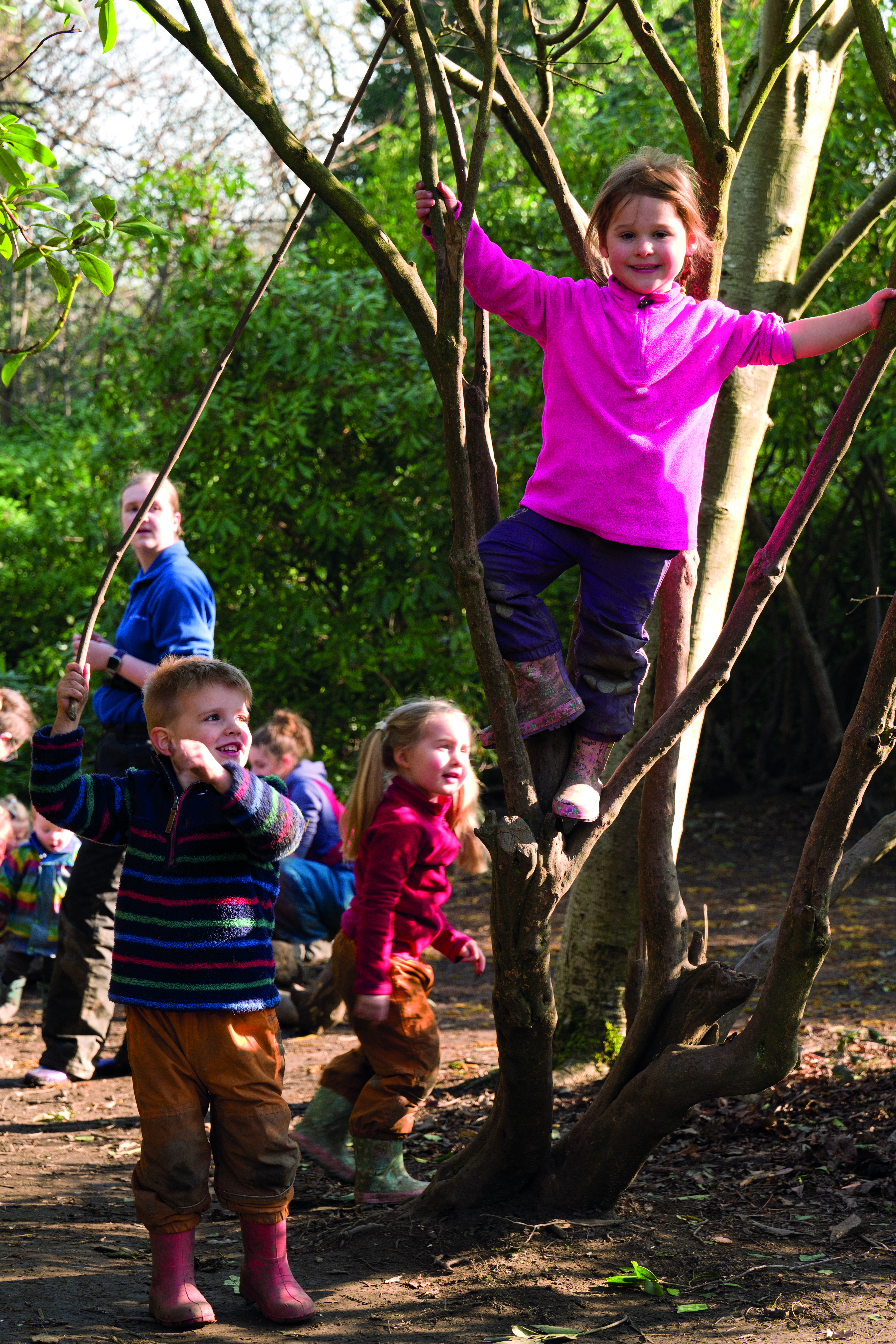
‘POORLY’ TREES
The children wanted to know why the four trees, some of which were more than 100 years old, were being cut down. Staff explained how the trees were poorly – suffering from fungal disease Kretzschmaria deusta – and had to be felled so that other trees would not get infected and to remove the risk of them falling over and hurting someone.
Children could relate to the trees being diseased because they had seen holes in some of the trees in the nursery grounds and enjoyed using them in their play. One hole had been used as a volcano and a dinosaur habitat.
The children were told that if the trees were not cut down, they would die anyway. ‘One boy linked the trees dying to his nana who recently died,’ says Mrs Warburton. ‘He was a little bit sad but wanted to talk about it, and the children linked the discussions of death to life cycles and the birds they have watched in the nursery grounds. They have seen nuthatches nest high in the trees and a robin once nested in the base of a tree, so they could see [the young] fledge and the birds then fly away.’
Staff also gave the boy books about death to take home to read.
GROWING NEW TREES
Staff explained to the children how vital trees – the biggest plants on the planet – are to the environment. They explained how they help to improve the quality of our air by absorbing harmful carbon gasses and providing the oxygen we breathe. Trees also provide shade, habitat for different creatures – including the birds they have watched and lots of squirrels – and help to hold the soil together with their large roots.
The children were happy to hear that the trees were being replaced and that they could help to plant new ones, which they hope will encourage more wildlife into the nursery grounds. The nursery group took advice from the Woodland Trust on which trees were best to plant. As a result, they planted 12 oak, beech, alder and birch trees and two hawthorn bushes.
‘The children are used to growing a range of vegetables and fruit which are fast-growing, so it was interesting to compare the trees with that and explain that they take a long time to grow,’ says Mrs Warburton. ‘They saw how deep the trees had to be planted and that some of bigger species needed to be propped up so that they didn’t get knocked over. We discussed that we must not climb the new trees until they have grown bigger and had time to become strong in the ground. Children compared the new trees and the size of their trunks to the established trees and counted how many children it took to hug the trees.’
Looking at the different species of trees sparked lots of conversations on the leaves and comparisons of the different sizes, shapes and colours. The children talked about how some trees, called deciduous trees, shed their leaves and that those that do not are called evergreen trees. This led to discussions about the changes in the four seasons.
‘The pre-school children enjoy using identification cards from the Woodland Trust to look at the different species,’ says Mrs Warburton. ‘They are now especially good at identifying oak and sycamore trees.’
CONSTRUCTION SITE
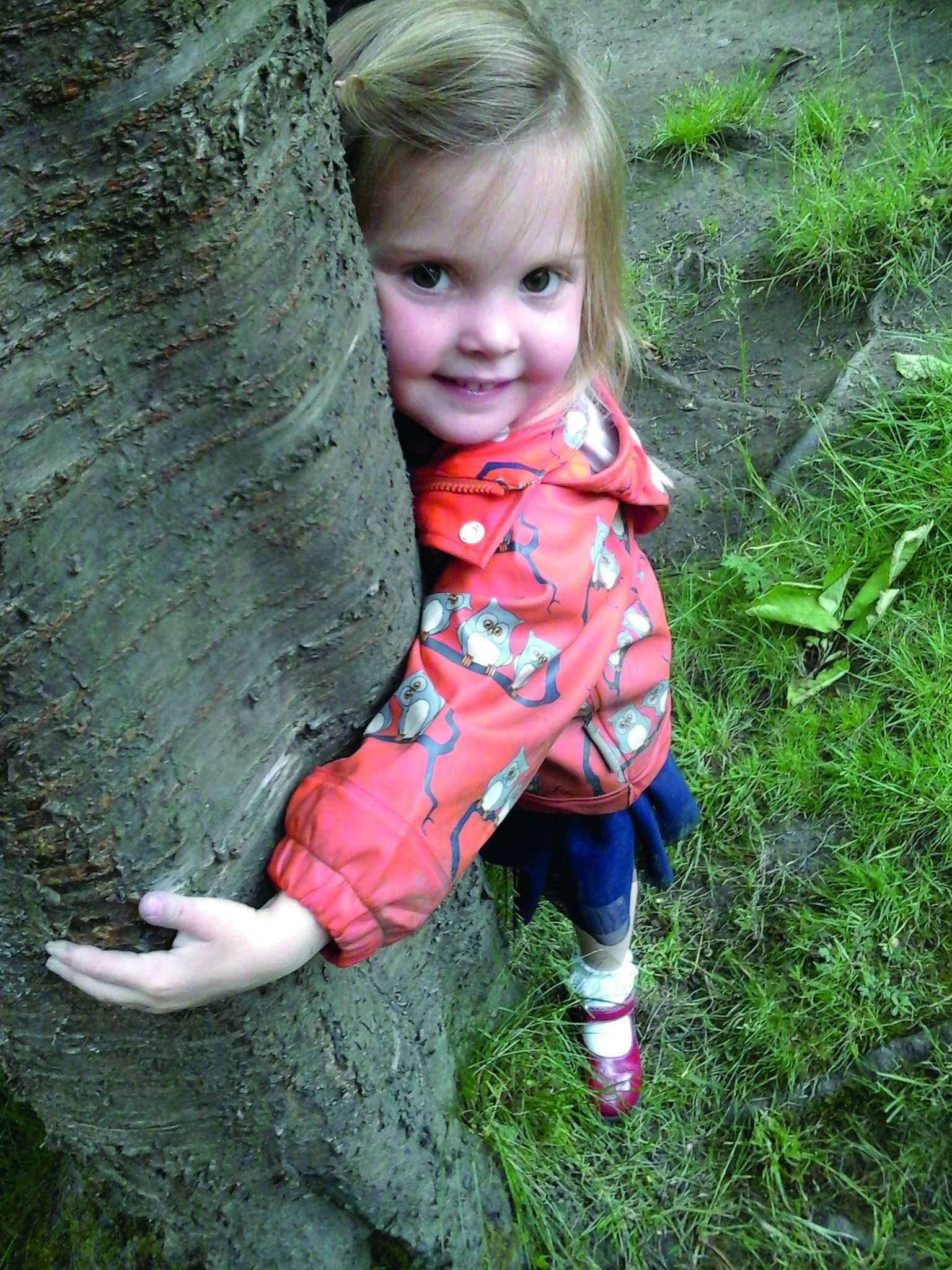 The felled trees got cut into lots of logs and children were amazed by how heavy some of them were – staff were not strong enough to move them. They talked about whether they would be lighter once they had dried out because they would hold less water.
The felled trees got cut into lots of logs and children were amazed by how heavy some of them were – staff were not strong enough to move them. They talked about whether they would be lighter once they had dried out because they would hold less water.
‘We looked at the rings inside the tree trunks and talked about how you can work out the age of a tree by counting the rings,’ adds Mrs Warburton. ‘They compared the rings to their fingerprints and looked at how they form a similar, unique pattern.’
Children are enjoying using some of the smaller logs in their play. ‘There is lots of construction going on, from aeroplanes they are sitting on so they can go on holiday to buses, Santa’s sleigh and balancing courses with the challenge of thick and thin logs,’ says Mrs Warburton.
‘A lot of it is construction on a large scale and the children help each other to carry the logs and work out how they are going to get them in the correct positions, so there is a lot of problem-solving and teamwork going on.’
Staff have plans to use the bigger logs to create a natural story circle for outdoor storytelling, and there are some long logs which they use for benches, ideal for enjoying snacks on.
‘Ultimately, we want the children to have an appreciation for the world we live in and to look after it,’ says Mrs Warburton. ‘Watching the tree surgeons at work was a huge learning opportunity, from life cycles to the importance of trees and, ultimately, talking about and enjoying the awe and wonder of nature.’
BOOK CORNER
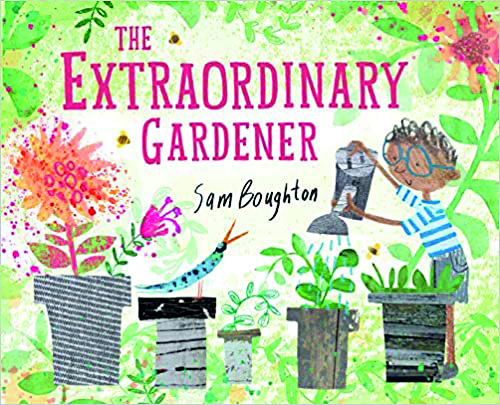 The Extraordinary Gardener by Sam Boughton
The Extraordinary Gardener by Sam Boughton
Joe decides to plant a seed on his balcony. One day he spots that it has turned into the most beautiful tree. He begins growing lots of other plants…
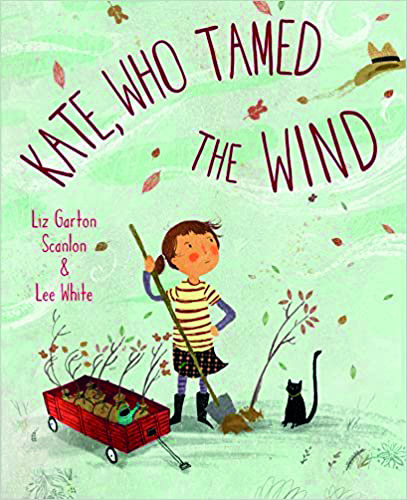 Kate, Who Tamed the Wind by Liz Garton Scanlon and Lee White
Kate, Who Tamed the Wind by Liz Garton Scanlon and Lee White
A rhythmic story about a girl who solves a windy problem with an environmental solution: trees.
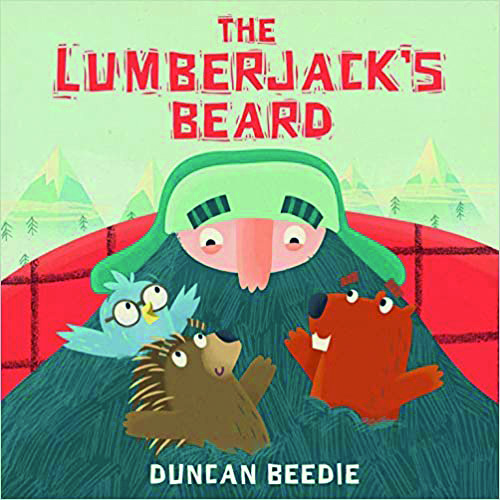 The Lumberjack’s Beard by Duncan Beedie
The Lumberjack’s Beard by Duncan Beedie
Every day the lumberjack heads into the forest with his trusty axe, causing lots of creatures to lose their homes. What should the lumberjack do?
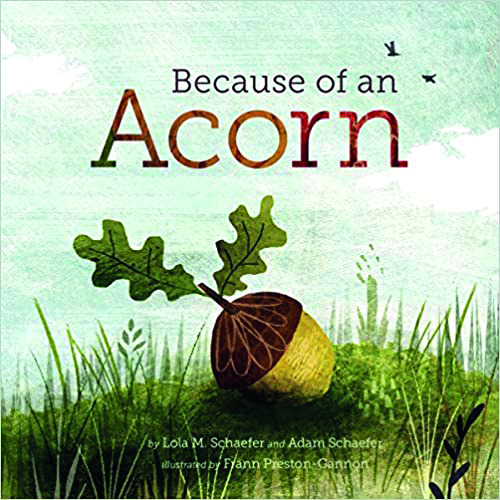 Because of an Acorn by Lola M Schaefer, Adam Schaefer and Frann Preston-Gannon
Because of an Acorn by Lola M Schaefer, Adam Schaefer and Frann Preston-Gannon
Wander down the forest path to learn how every tree, flower, plant and animal are connected.
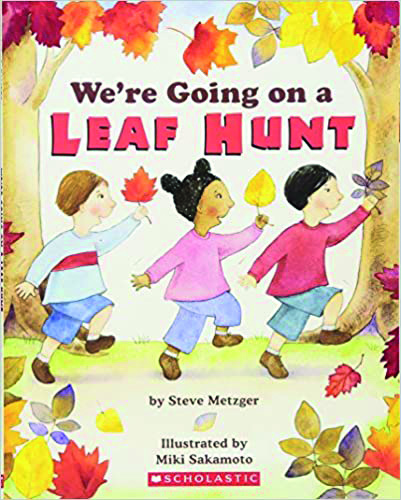 We’re Going on a Leaf Hunt by Steve Metzger and Miki Sakamoto
We’re Going on a Leaf Hunt by Steve Metzger and Miki Sakamoto
Three friends go on an adventure over a mountain and through a forest to collect leaves of all kinds.
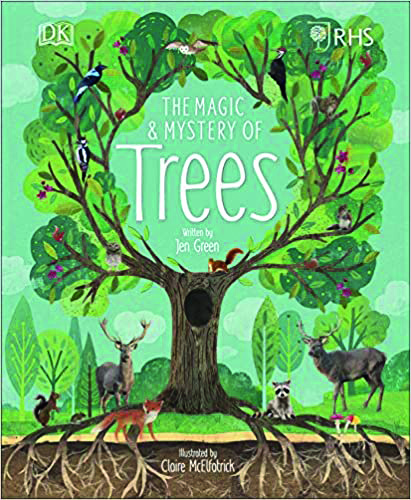 The Magic and Mystery of Trees by Jen Green and Claire McElfatrick
The Magic and Mystery of Trees by Jen Green and Claire McElfatrick
Delve into the science of trees, from the highest branch to the complex web of roots, and find out what trees do for us.
 Tree: Seasons Come, Seasons Go by Patricia Hegarty and Britta Teckentrup
Tree: Seasons Come, Seasons Go by Patricia Hegarty and Britta Teckentrup
Explore the beauty of the seasons in this peek-through book following the life-cycle of a tree.
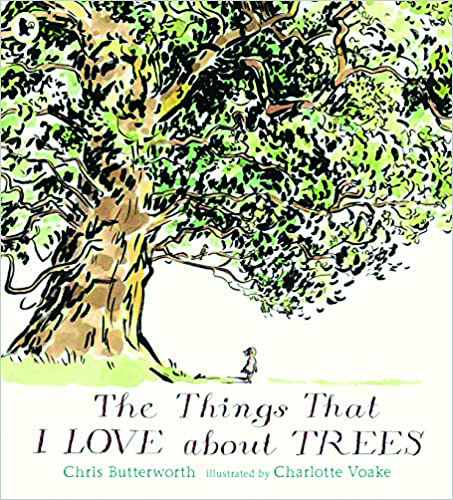 The Things That I Love About Trees by Chris Butterworth and Charlotte Voake
The Things That I Love About Trees by Chris Butterworth and Charlotte Voake
How a tree changes with seasons.









